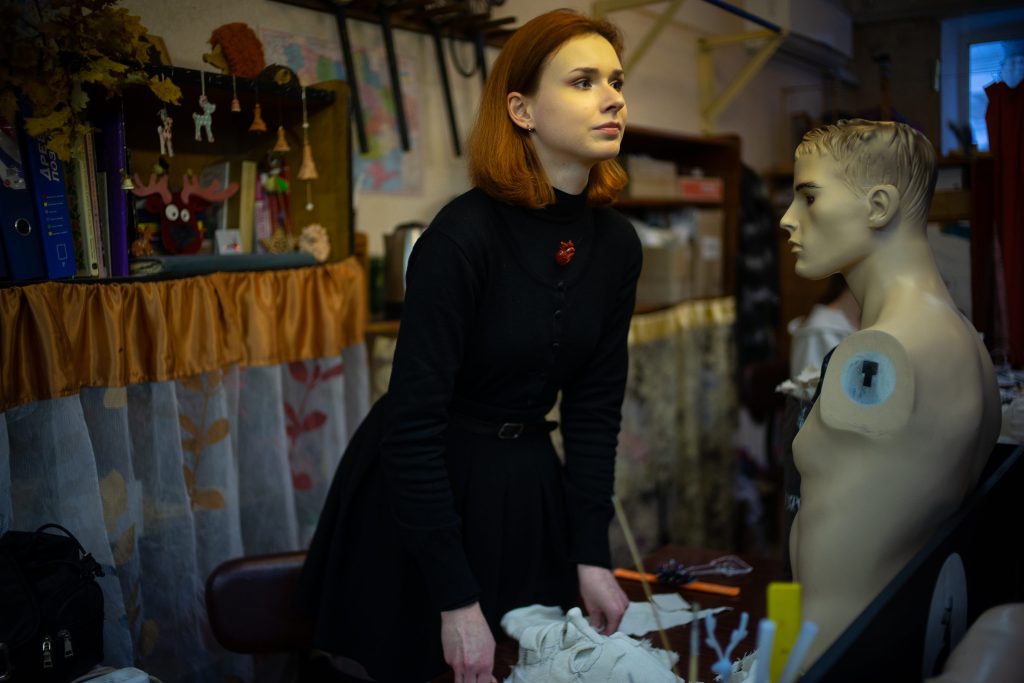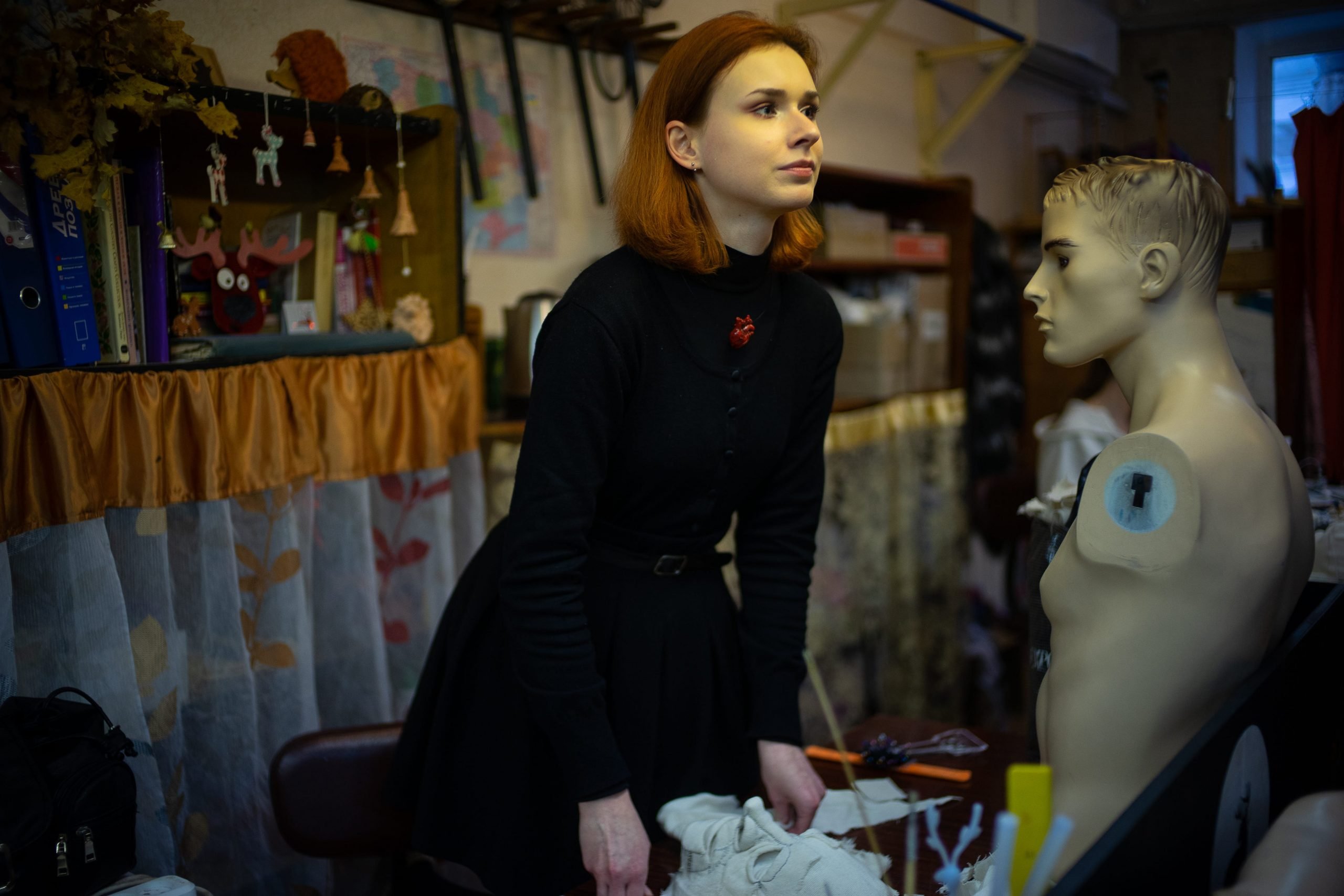
- Kharkiv, in northwest Ukraine, sits just 25 miles from the Russian border.
The border guards say that the last village of Zviazok isn't on the map.
"Only old people still live here," says Olga Myhailovna Samoylova. A few hundred yards from the Russian border, she raises bees, rabbits, and chickens with her husband Pavel. Only 15 families remain in Zviazok, less than half of its previous population. "My son lives in Russia and my daughter in Ukraine. It used to be so easy for us to be together and now it isn't. My soul hurts because I can't see my son," she says. "But I'm 75 years old and, even if there is a war, we're not going anywhere. It really is a good place here; everything is green in summer."
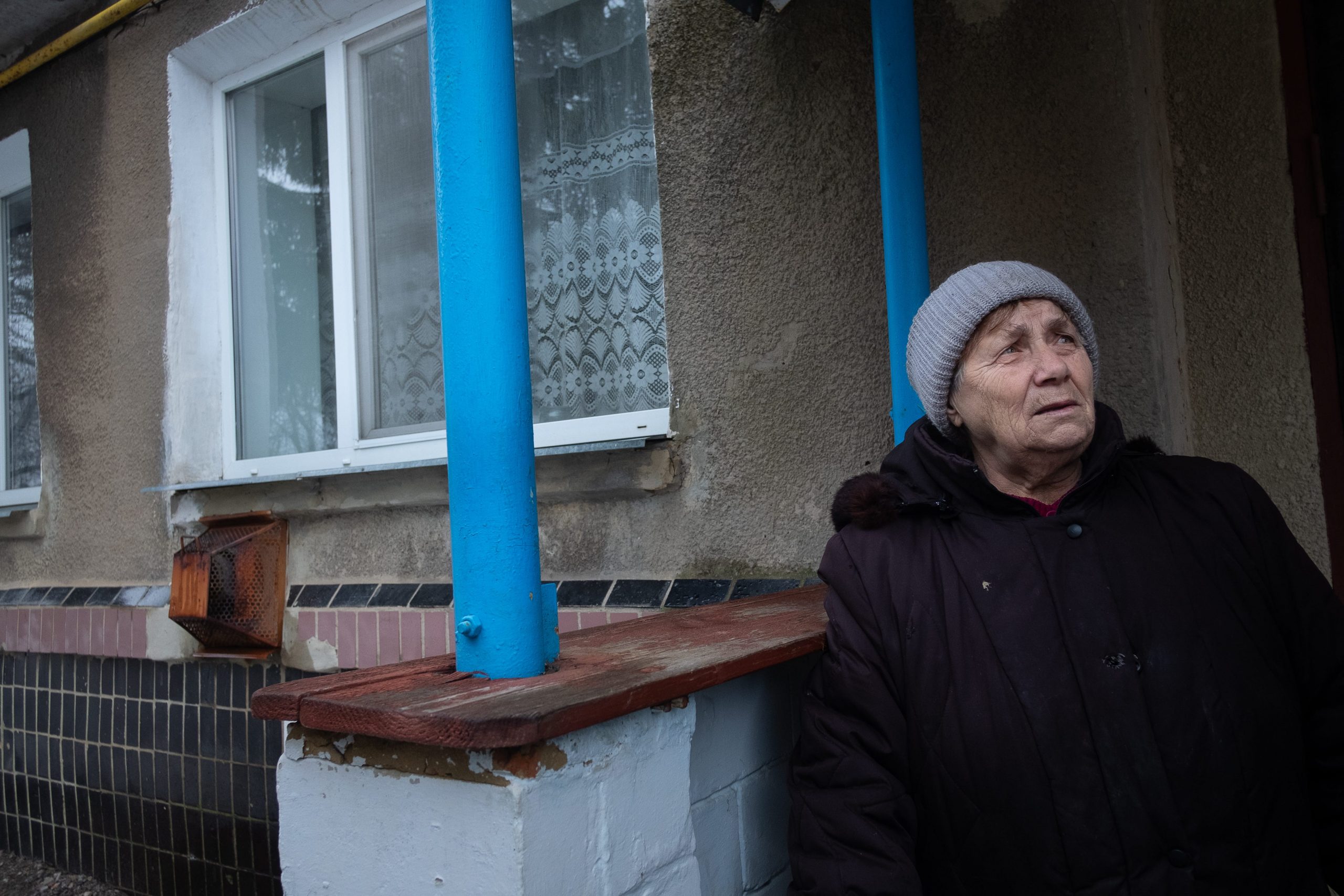
Just across the green border fence, a watchtower and the tops of trenches rose above the fallow winter snow.
"Before, it was just fields here with a tiny fence," border guard Maxim Boyar tells me. "Since the war started in 2014, we've been strengthening defenses. The government has given us more weapons and engineering equipment. We're ready anytime, anywhere." Ukraine and Russia have disagreed about Ukraine's rightful border since the break up of the Soviet Union and Ukraine became an independent country in 1991. Since 2014, the conflict has centered around the contested regions of the Crimean Peninsula and the Donbas, to the south. Russia has 150,000 troops stationed around eastern Ukraine, and in recent days has added 7,000 more, according to Western estimates. US President Joe Biden has warned that an armed conflict could be imminent.
"Before 2014, we used to have coffee or tea sometimes with our Russian counterparts, but no longer." Boyar says. In Ukraine, the border service is part of the armed forces and are trained and armed as soldiers. But they don't have the heavy weapons to resist tanks or air attacks. Only the army has those and most of the Ukrainian army is deployed around the Donbas."
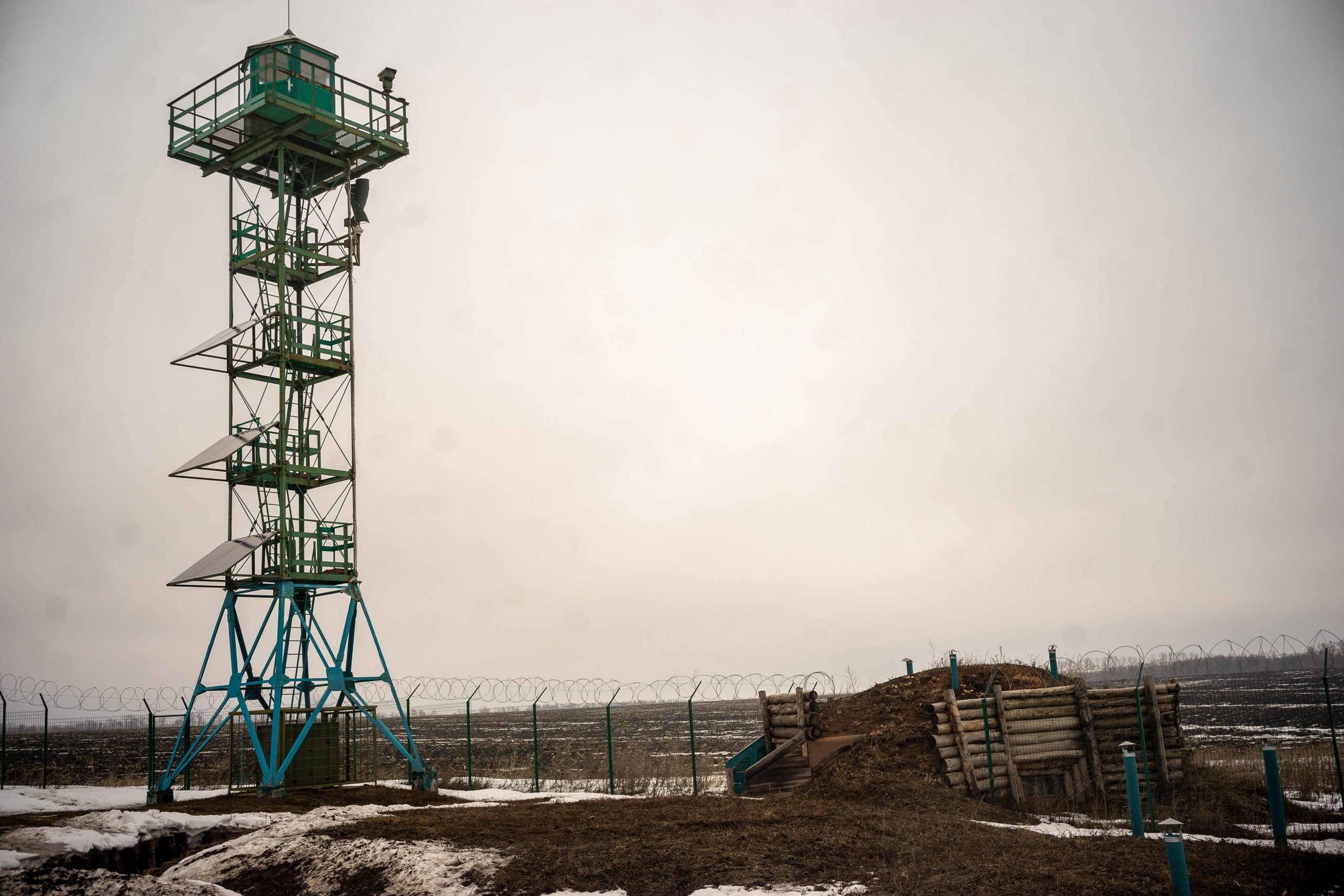
Nearby, a long line of trucks waits for their papers to be processed. This is currently the only open portal along the 170 miles of Ukraine's northeast border with Russia that runs north of Kharkiv. Neither Ukrainians nor Russians need visas to cross, but a passport has been required since 2020. Before that, there were many smaller crossings open for locals on both sides and all it took was a national ID. Now, commerce and travel continue, with buses, cars, and pedestrians crossing the border. But constantly changing Covid regulations in both countries as well as heightened tensions have made such travel more difficult.
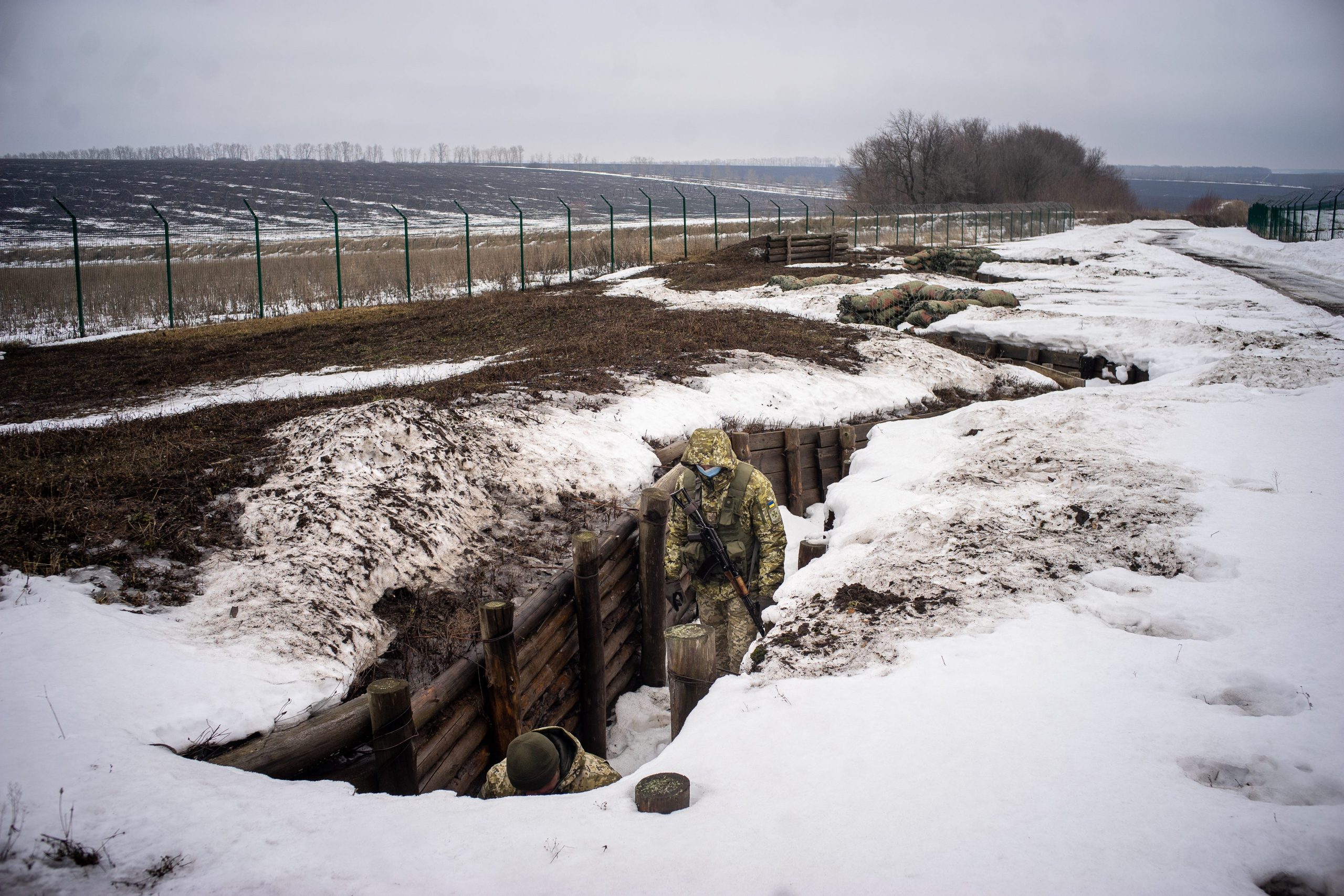
The nearest city is Kharkiv – Ukraine's second largest – which has a population of 1.5 million. It's a strategic city, just 25 miles from the Russian border. At the confluence of three rivers, it was the setting for some of the most horrific battles of the Second World War when it changed hands multiple times between Nazi Germany and the Soviet Union. It's also where Ukraine produces and services critical components of its military-industrial complex, including tanks and armored vehicles – all plausible targets in the event of a Russian attack.
There's an undercurrent of anxiety here. There are no long lines at shops, banks, or gas stations. Bars and restaurants, businesses large and small, and cultural venues all remain open with a steady flow of foot traffic. And yet, with a global crisis and the threat of a Russian invasion looming, some people speak with resolute tones, others with resignation.
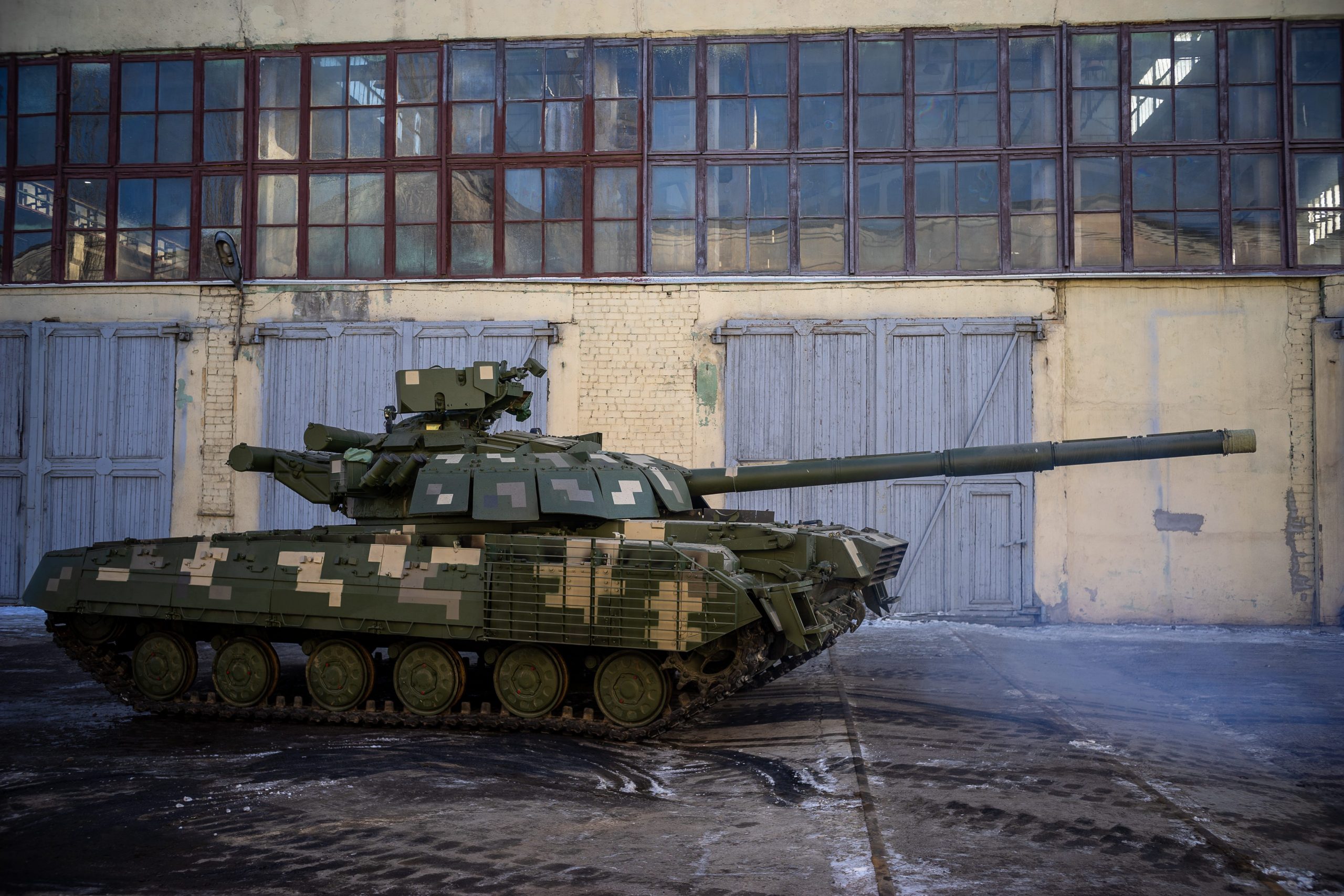
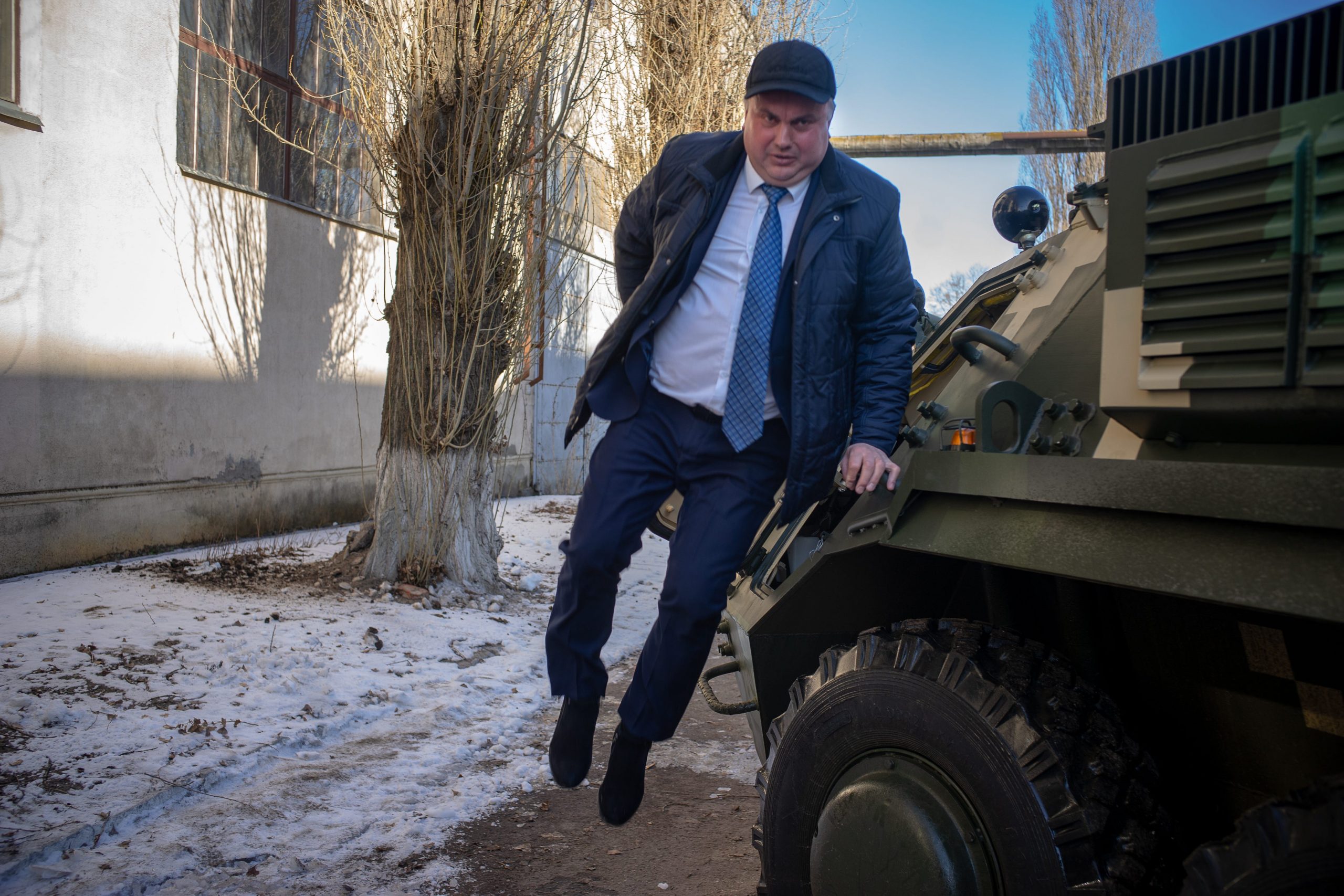
On Feb. 15, Ukroboronprom, Ukraine's national conglomerate of military production, held a press conference. Tanks and armored personnel carriers were lined up in a display of Ukraine's martial might. Mormilo Yakov, director of one of the construction divisions, personally gave journalists rides in a BTR-4 armored personnel carrier. Yakov accelerated to 50 miles per hour on a short driveway and sang the vehicle's praises: "New weapons! New engine! New transmission! New targeting and communications systems!"
The BTR-4 has been in regular combat in both Ukraine and in Iraq, where it's been used against ISIS. But a batch of the Iraqi ones were sent back with rust and damaged hulls in 2014. The T-64 tanks were once the best tanks manufactured in the USSR, but over 450 have been destroyed or damaged in the on-and-off again Donbas conflict. "We have plans for every contingency, but we can't tell you about them," General Director Yuri Gusev tells us. "We work every day. It's already been eight years of war." Asked if what they're touting would be adequate against their Russian opponents, plant communications manager Tetyana Bokovnia stepped in with evident annoyance: "That's not a proper question."
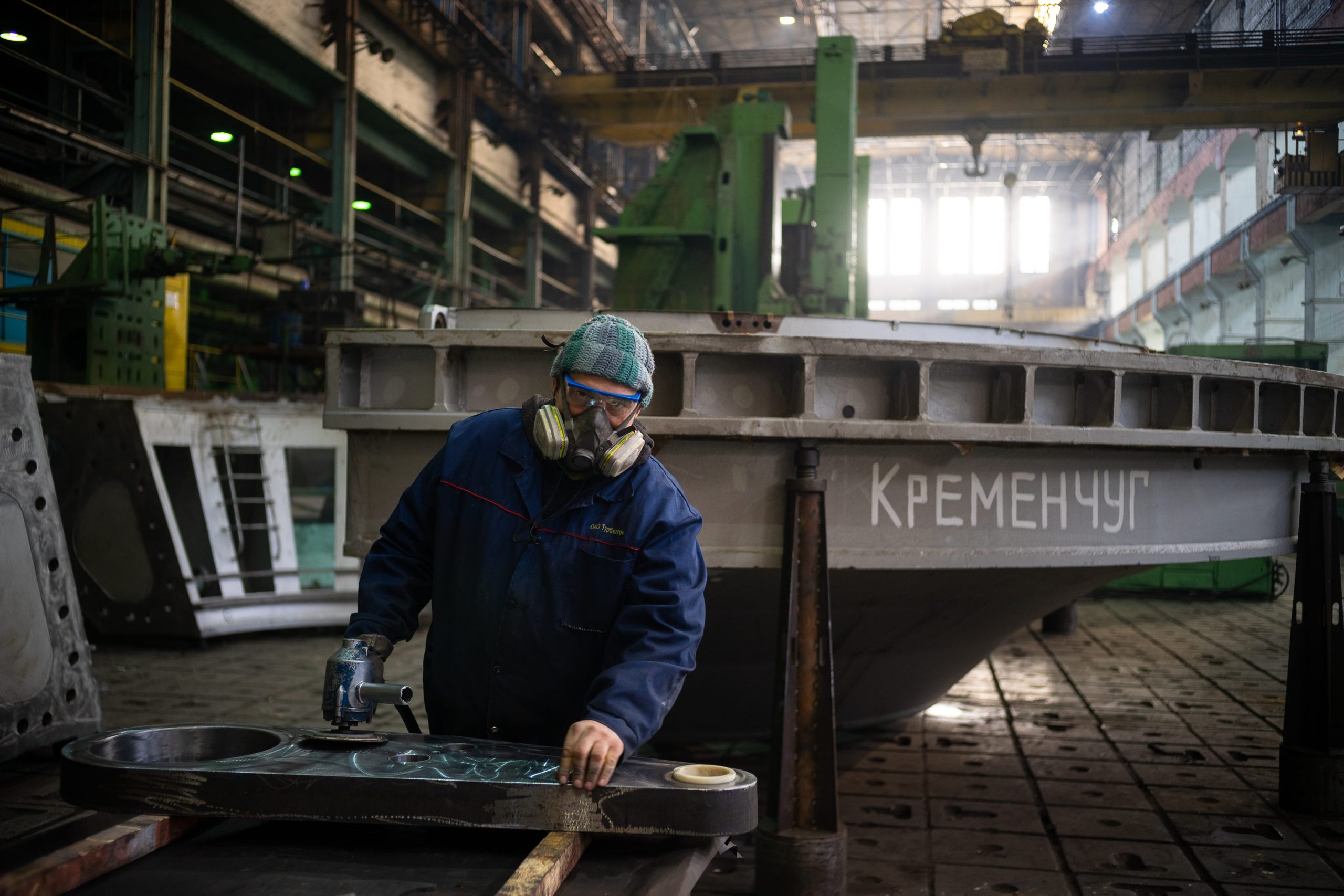
Across town is the Turboatom factory, which manufactures turbines for steam, hydroelectric, and nuclear power stations for export. Deputy General Director of Production Sergei Paciuk says that losing Russia as a trading partner has been had for business, and the number of workers here has fallen by 40 percent since 2014, to less than 5,000 now. The perils of economic decline were clearly on his mind more than any imminent military threat. "Of course we hope that nothing will happen," he said. We can be afraid. We can talk. But really, we're looking for new orders. Looking for big orders."
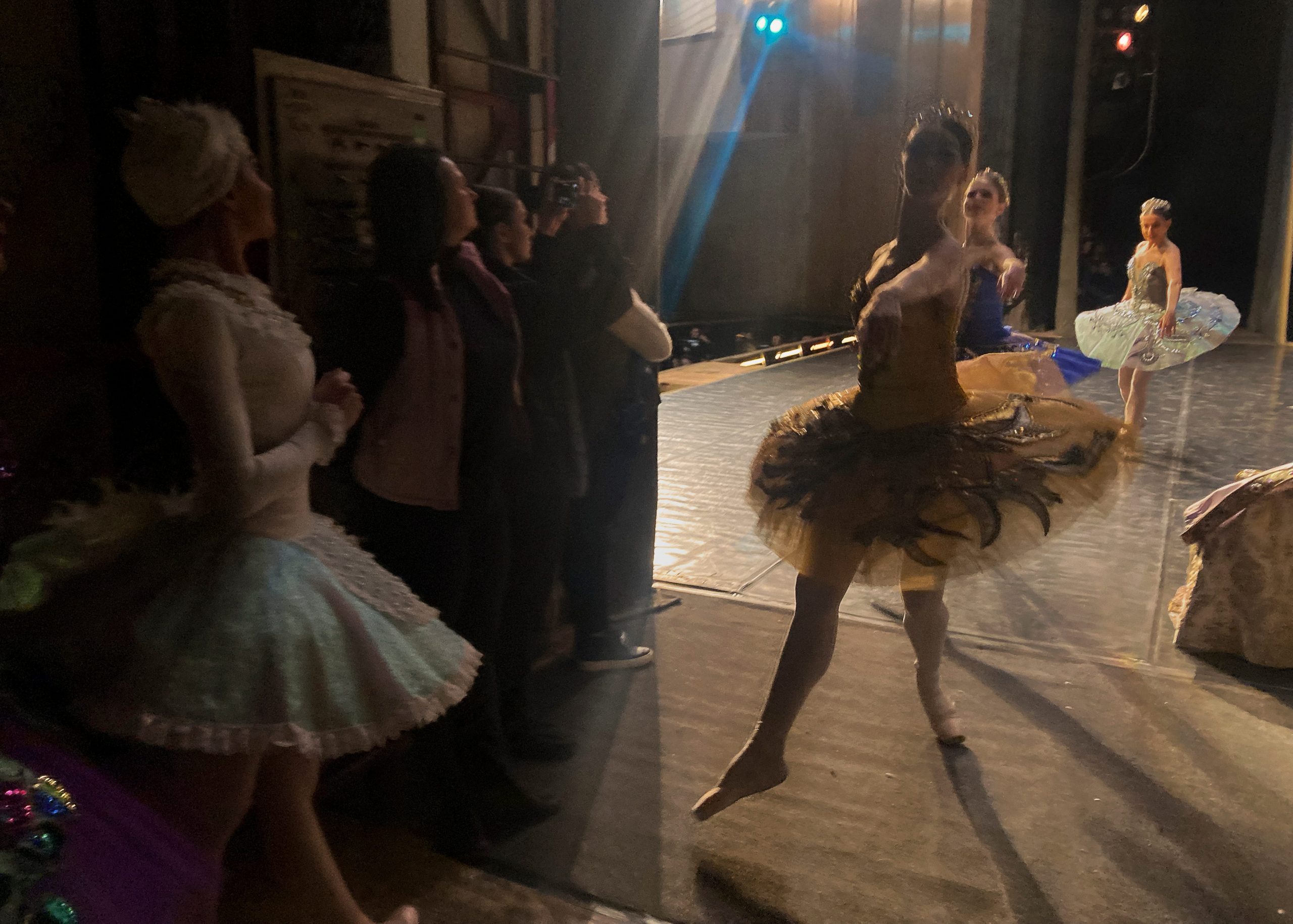
With 800 artists and staff, the Lysenko State Academic Opera and Ballet Theatre is the biggest in Ukraine and the second biggest in Europe after Munich's in Germany. When I arrived, I found the performers about to perform this season's first performance of Tchaikovsky's "Sleeping Beauty." Antonina Radievska, the ballet's artistic director, had no time for political questions: "We must dance in the French manner, with traditional choreography. It looks easy but in fact it's very difficult!"
Oleg Orishenko, the theater's CEO, was more willing to engage on the topic at hand. "Putin can do anything he wants. But I hope for worldwide support to fight aggression. If needed, we'll take weapons into our own hands. I was in the air defense corps from 1985-1987. My division fought in Afghanistan. It's our country. We have street knowledge, and we'll fight to the end."
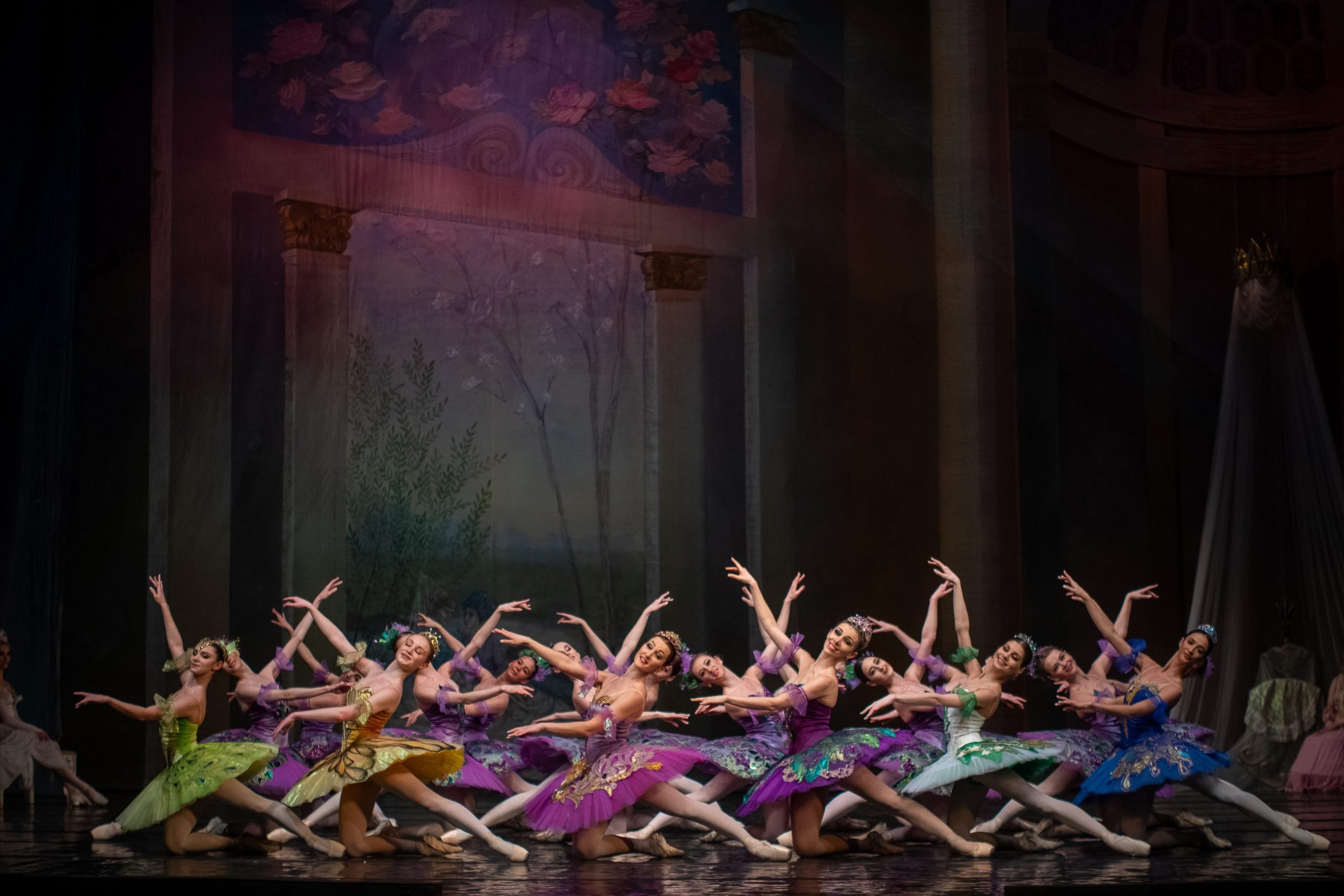
Anna Bychkova (below) quit the Kharkiv Opera to pursue a solo career, making ends meet now as a web developer. I ask her about the possibility of a Russian invasion and she tells me she has an emergency bag packed with documents, money, and warm clothes. "And food for my dog," she says.
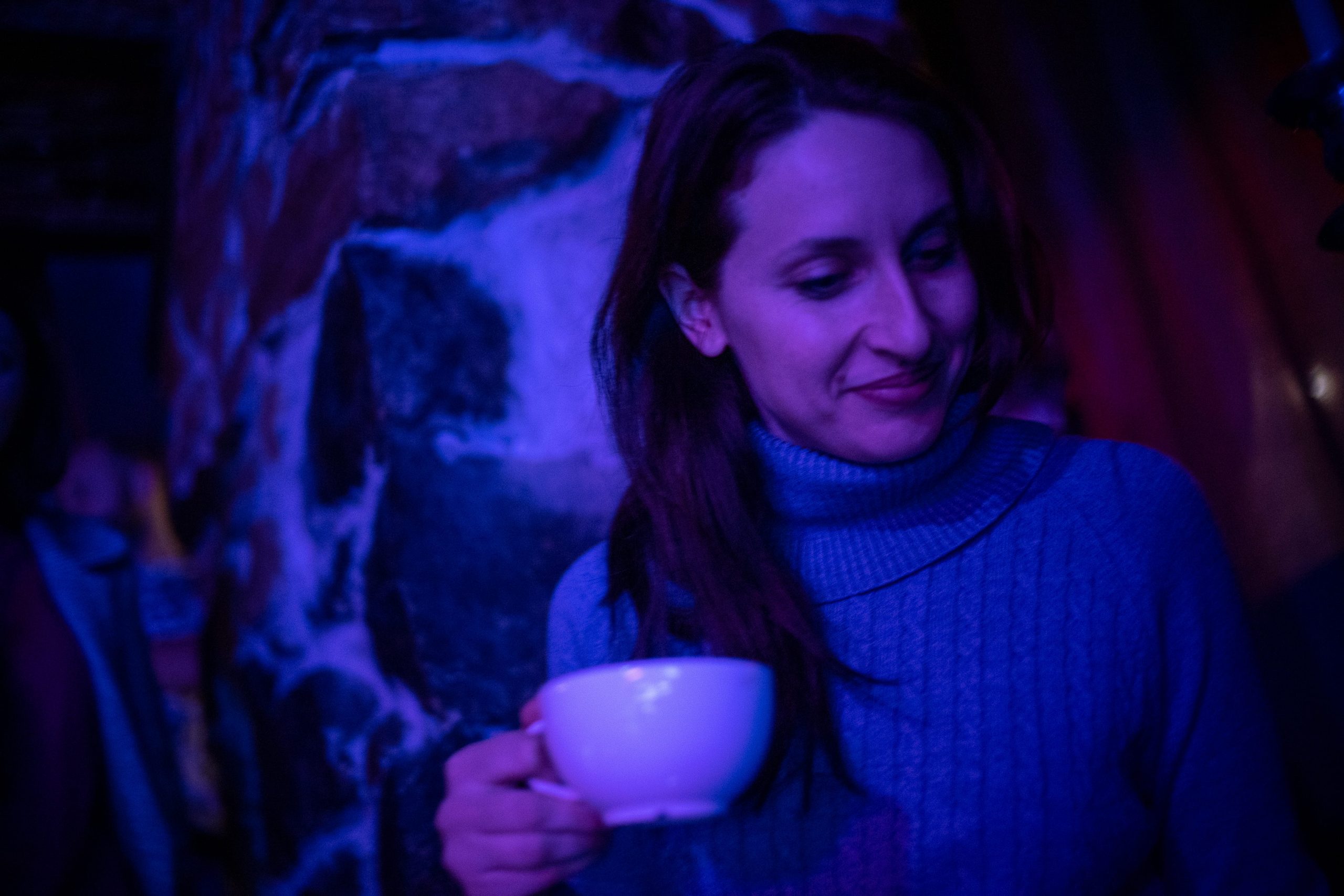
"Every night I don't know," she says. "Maybe it will happen tomorrow. It's awful to not know – but that's still better than the certainty of war. It's scary. Awful. Nobody wants to think about it." She wonders about Ukraine's ability to defend itself: "My brother joined the army in 2014 during the first wave. But he was disappointed that the system was rotten from the inside. I don't have confidence in the army. They will fight. But I don't know if they can win.
Bychkova is also in rehearsals for a production at the Kharkiv Philharmonic of popular songs by Ukrainian composers like Volodymyr Ivasyuk.
Directed by Eugene Zolotukhin, the mission of the production is to showcase Ukraine's classical and folk traditions. Zolotukhin noted that the venue carried a symbolic importance, since the historic Philharmonic building was the site of a Stalinist show trial in 1930 that resulted in the imprisonment of leading Ukrainian intellectuals. "If there won't be a war, we can let the Russians know that we're a free country with our own culture," Zolotukhin said.
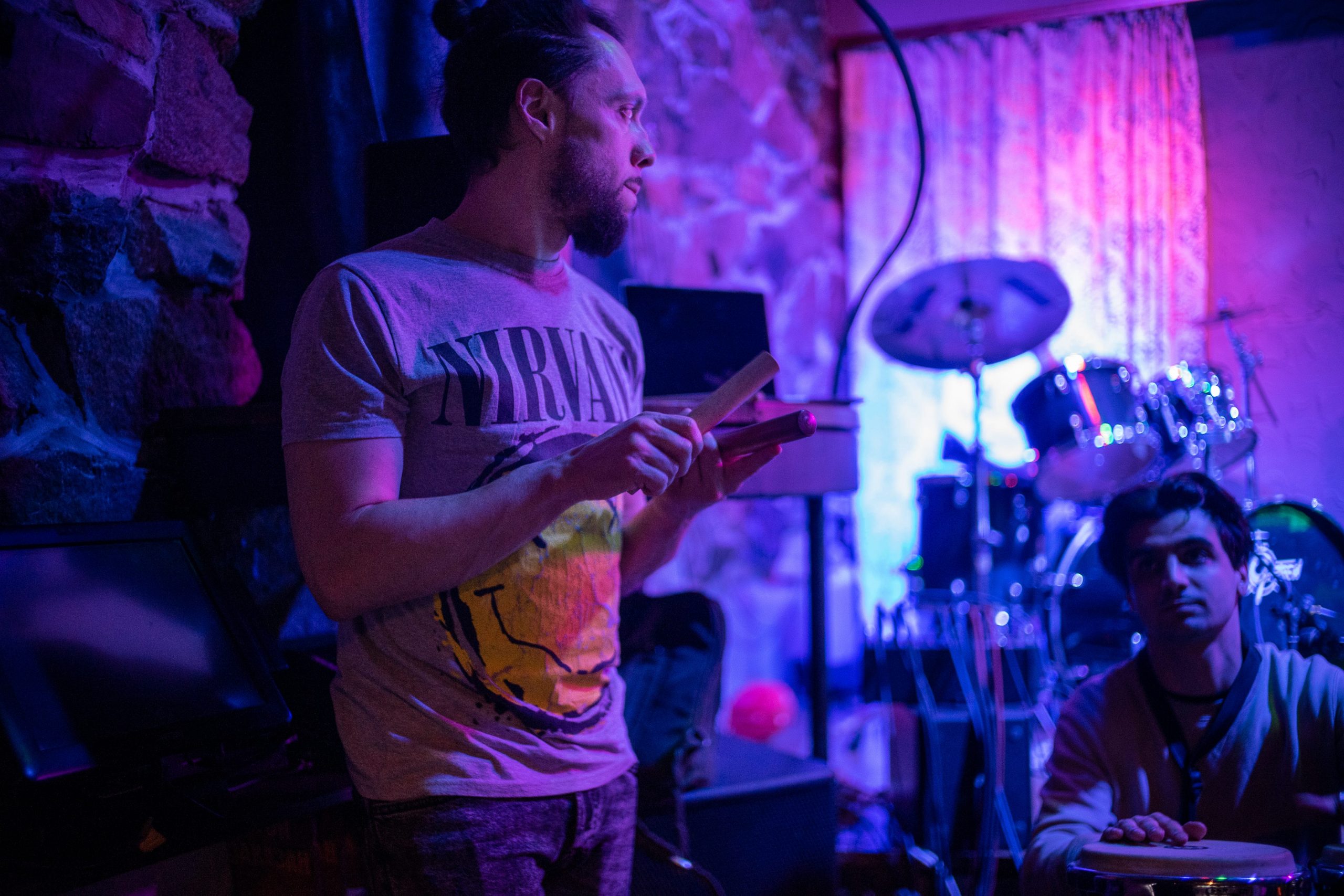
At the Pacha Mama Sutra Bar, Bychkova's friend Ievgen Iakovenko (above) was just finishing up playing percussion in an improvisational jazz jam session and was eager to voice his opinions. "I'm not afraid and I don't hide it. The Russians are imperialist. They invade everything. The US is the same, but they invest some money in the countries they invade. The Russians bring poverty."
LGBTQ activist Vera Chernygina (below) agreed. "For three years now, we've been building our LGBTQ movement and over 3000 people celebrate Kharkiv Pride," said Chernygina, who like many educayed young people in town works in tech. "Kharkiv is a safe place. For us, we think about the EU's rules and laws that protect and support human rights, and we don't see that on the Russian side, at all. Everybody understands that Russia's forces are near." Russia banned same sex marriage in 2020 and has sought to shut down groups that advocate for the rights of LGBTQ people.
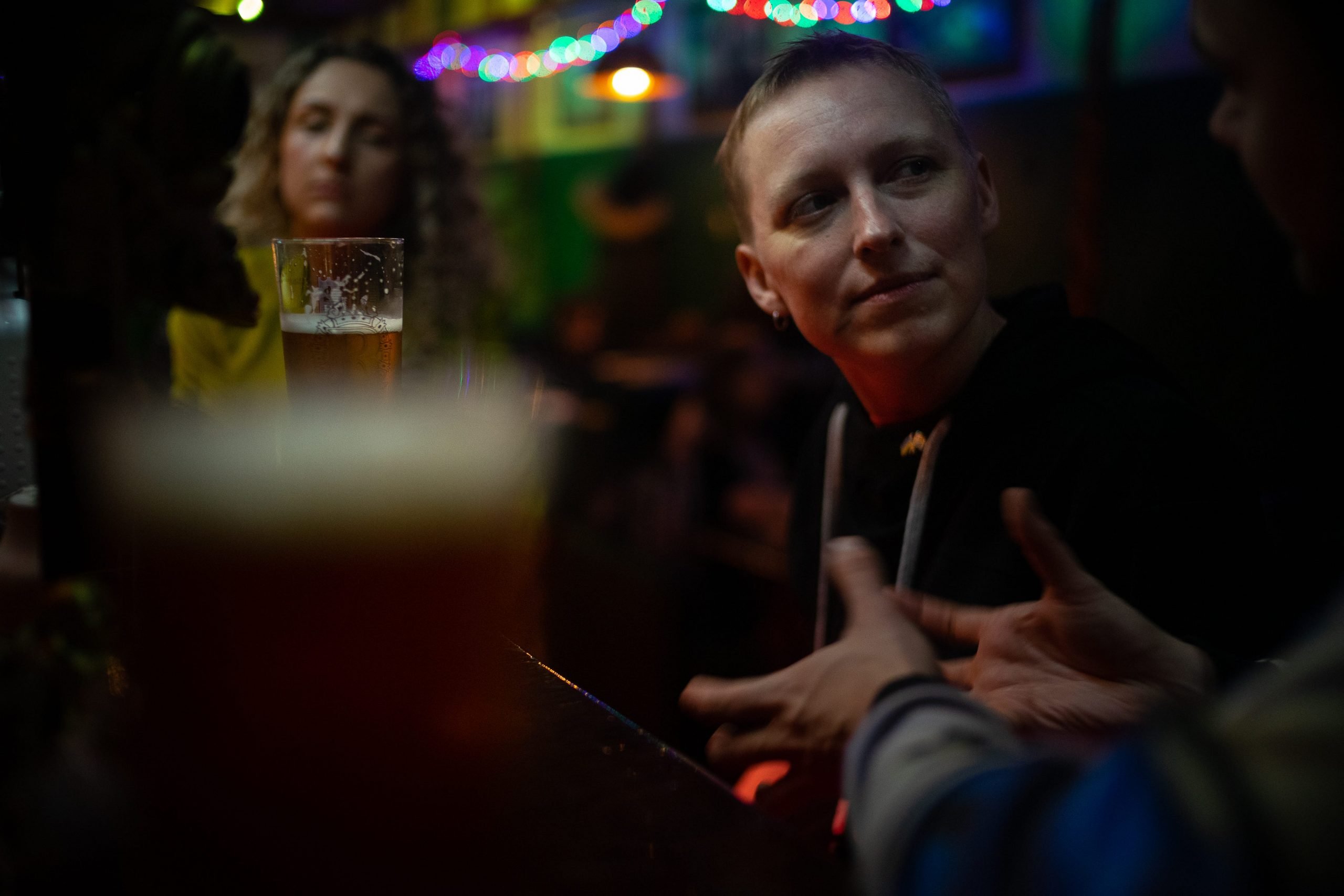
Some Kharkiv residents are internally displaced people from the eastern provinces of Donetsk and Luhansk. Alina Petrenko and Dasha Boicova (below) were just 10 and 12 when they fled with their families from the destruction of their homes in 2014. They're housed now in temporary structures that were meant to be used for a maximum of three years, but it's been over twice that now.
Petrenko remembered that she was in her family's yard in the Luhansk area when the bombing and shooting started, but she doesn't remember the trip after that at all. "I've been back to visit relatives, but there are no prospects there," she said. Boicova thinks that there's a "50/50 chance that there might be war. The press and the newspapers keep pushing it; that's not natural." A psychology major at college, she's looking forward to a career.
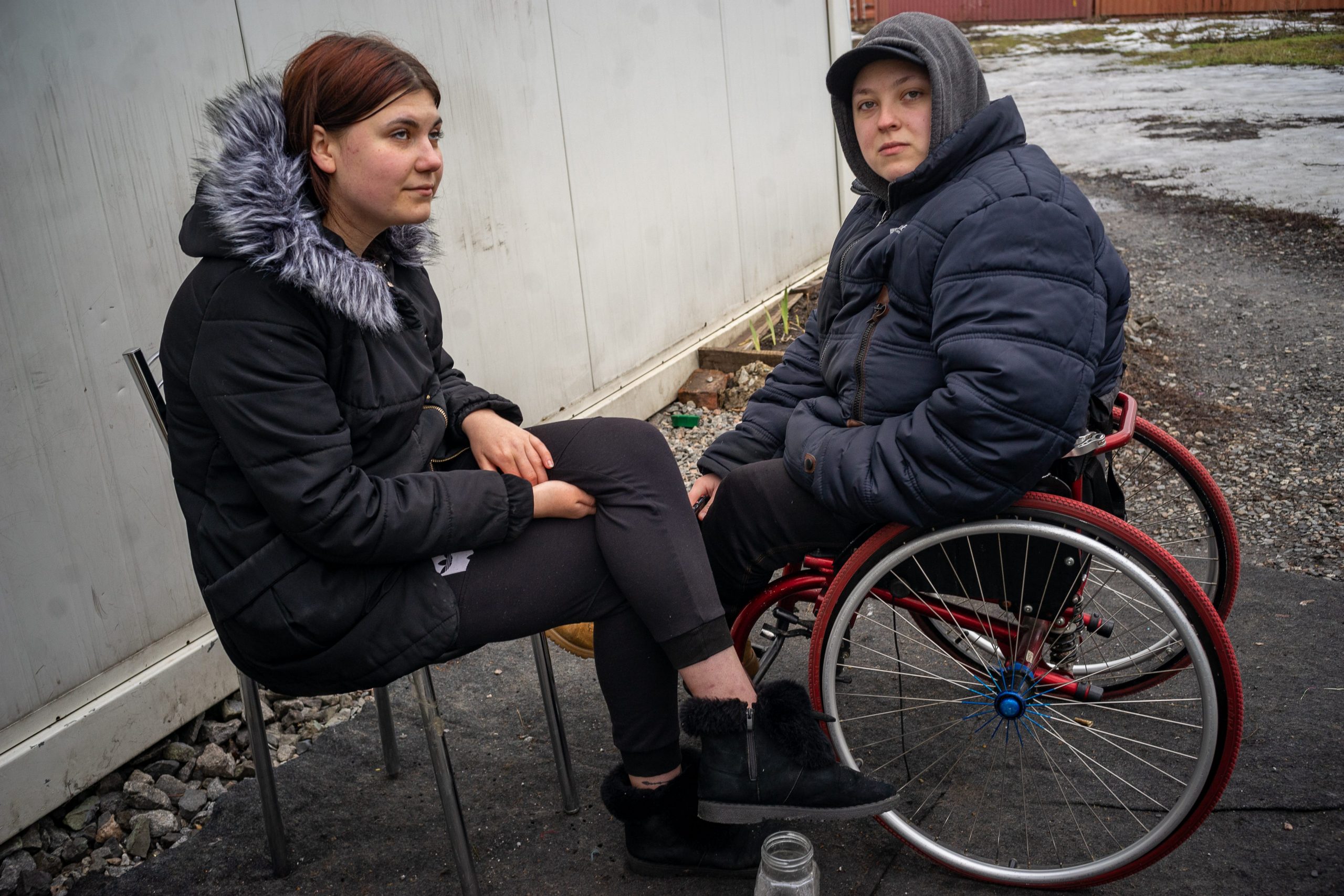
Andrei, who would only give his first name, was also displaced from the Donbas Region. "I was studying at Donetsk University when the war started. When the first bomb hit I was actually watching Wes Anderson's 'The Grand Budapest Hotel'. I'm from a small town near Donetsk and my family is there and most of my friends are still in the DNR [Donetsk People's Republic, the separatist region aligned with and largely controlled by Russia]. But Kharkiv is fantastic. Kharkiv is a home. We don't want to lose Kharkiv. It's small enough not to crush you but it has so much culture and potential. There are a lot of people from Donetsk here, and we hear that the Russians are coming every week. I'm used to it, maybe other Ukrainians are more worried…but mostly it's cool. We do have a dark sense of humor."
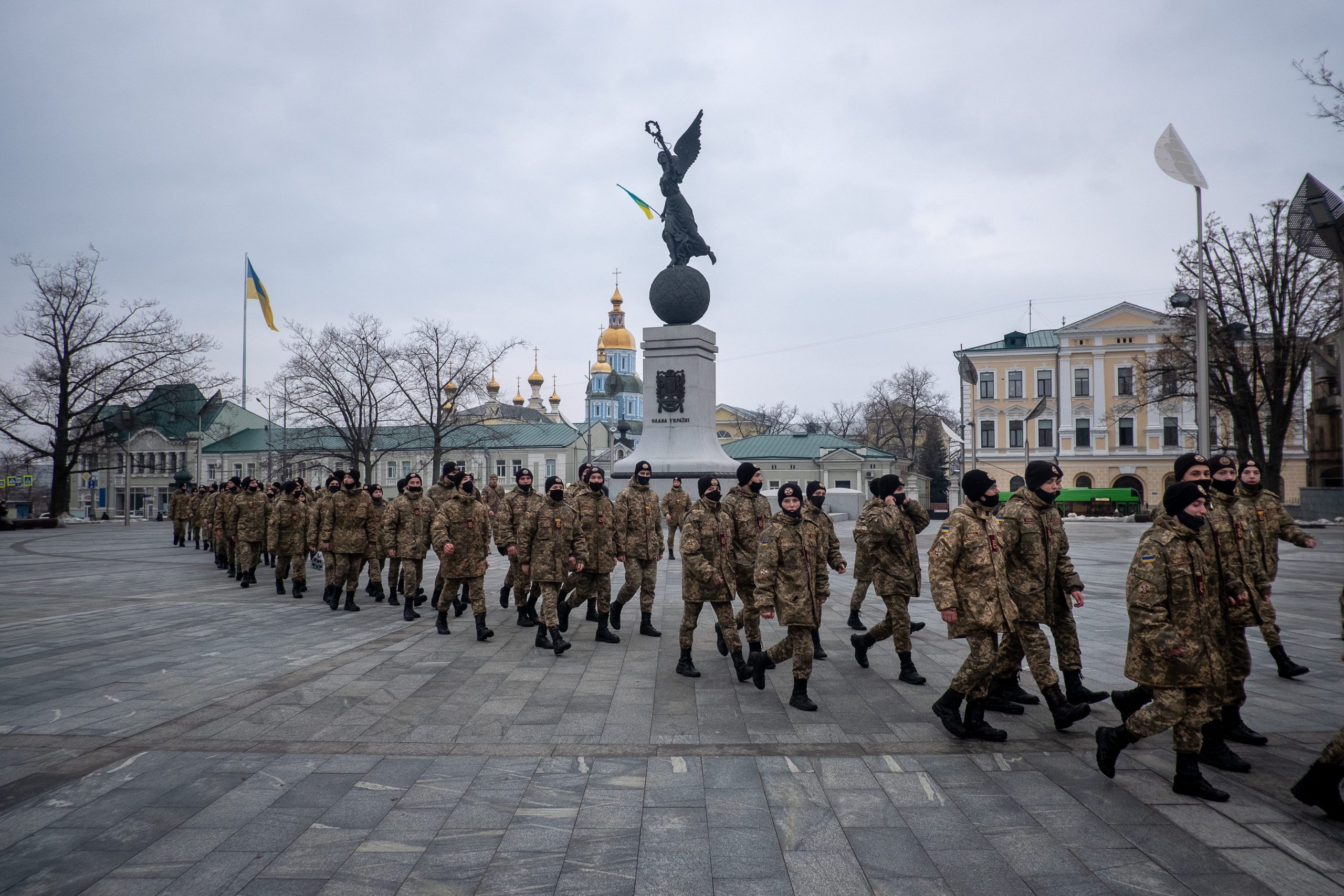
In the heart of downtown Kharkiv, across the street from the History Museum with its World War One tank parked outside, stands the Afanasiev State Academic Puppet Theater.
Its halls and stairways are overflowing with plants and bird cages, and its backstage areas is cluttered with ancient furniture and mysterious objects. Both adult and children's plays are mounted with a range of techniques including marionettes and actors wearing masks. The doll and puppet museum is the only one of its kind in Ukraine. Hidden on the attic level, high above the stage and lobby, is where the theater's technicians and designers have their studios.
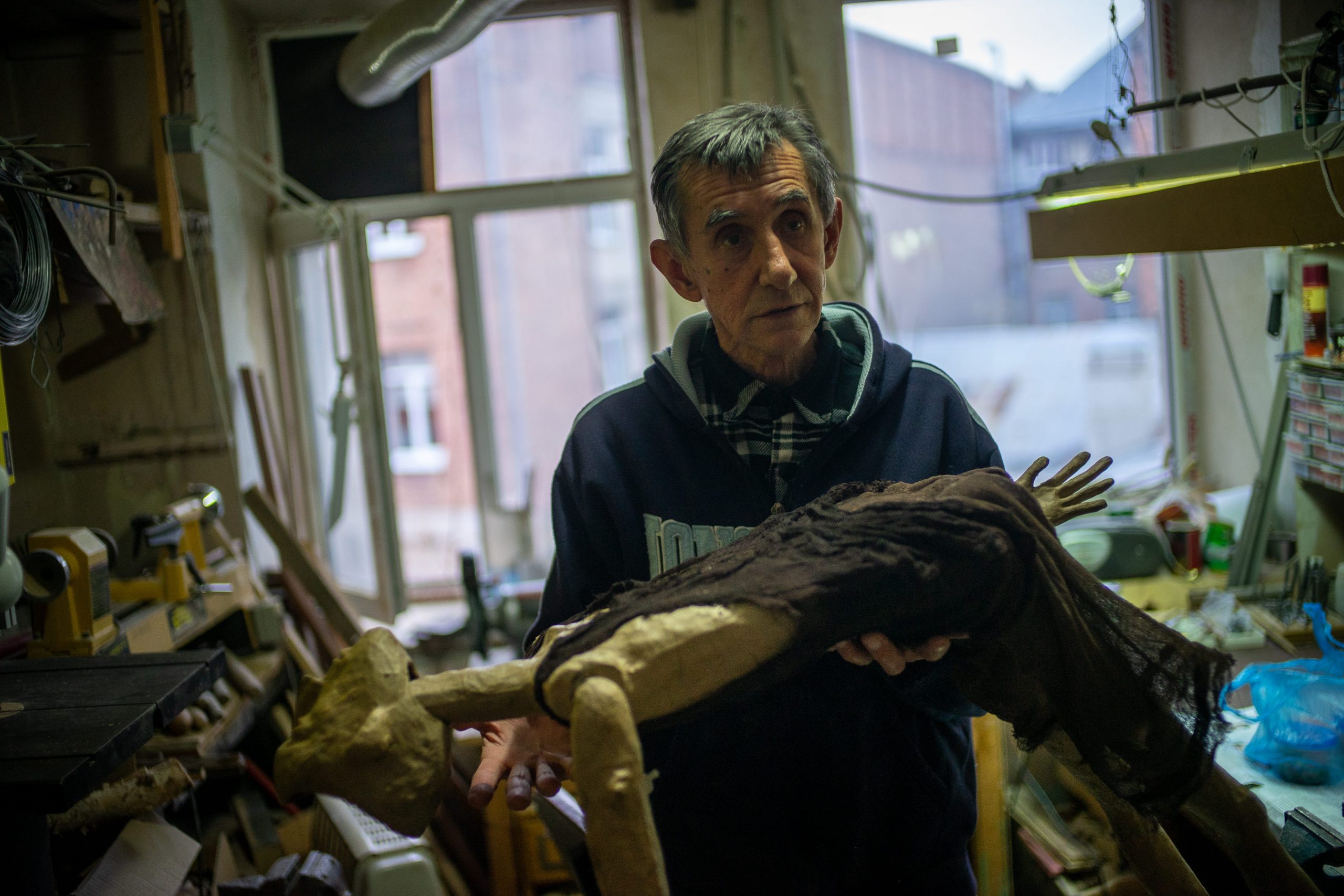
Oleg Zablodskiy (above) has been the puppet company's "mechanic" for 16 years.
A little hard of hearing and showing some of the physical ailments of a lifetime working as a cobbler, carpenter, and construction worker, he said, "Here, I can sit," pointing to his desk filled with tools.
"I don't worry about war, I just want stability," he continued. "But I am worried about Ukraine's future. Because this country has big opportunities. You could call it a 'universal' country because we're near the west and we're near the east. We're patient. Yet…"
Turning to a puppet in his hands, he demonstrated. "It's like this," he said. "Puppets have a plot. A story. The head has to turn, the eyes, the arms, and legs all have to move correctly. And … even puppets must die."
(Additional reporting by Anna Chuchmai)
